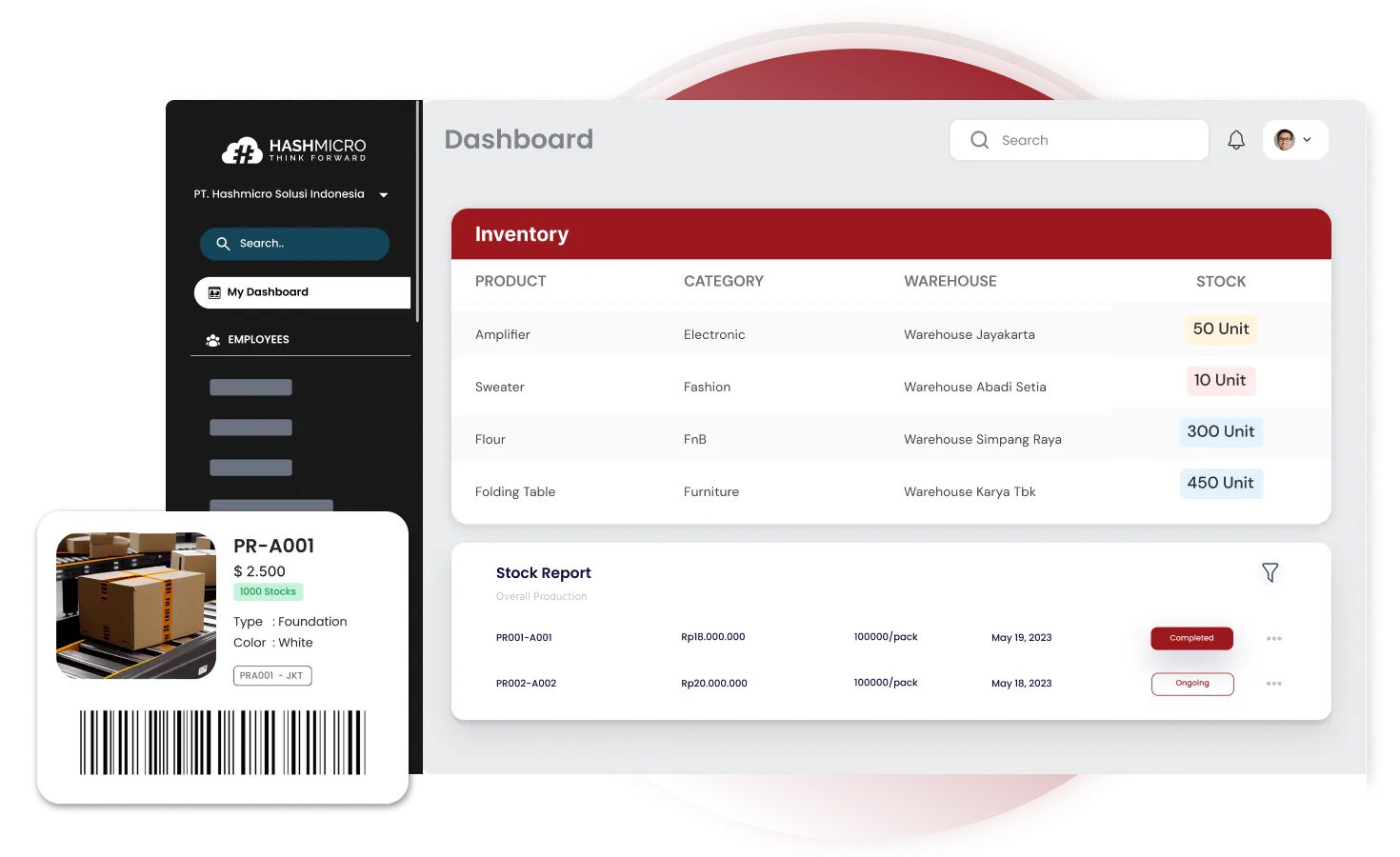Imagine if each warehouse, store, or fulfillment center operated independently, unaware of the exact stock levels or locations. I’d quickly face stockouts, delays, and unhappy customers. This kind of disconnection slows operations and erodes trust.
Data from the Singapore Institute of Purchasing and Materials Management (SIPMM) shows that companies with poor inventory visibility experience fulfillment cycles that are up to 25% longer and more frequent order delays.
To overcome this, I rely on inventory management software with centralized, automated, and real-time tracking. It’s the most innovative way to boost accuracy, efficiency, and customer satisfaction. Try the free demo today and see the difference.
Key Takeaways
|
What is Inventory Visibility?
Inventory visibility is the ability to monitor inventory levels, item locations, and movement across all storage and distribution points. It is the foundation that allows businesses to view stock availability in real time. This includes warehouse shelves, retail outlets, and online systems.
A system that connects data from different channels into one unified view. It is how businesses understand what products are available, how much is in stock, and where each item is stored. This process supports consistent inventory tracking across operations.
I rely on digital tools like inventory software and barcode systems to achieve full inventory visibility. They help me streamline stock monitoring by automating updates across platforms, allowing me to manage inventory with greater precision and synchronization.
Why is Inventory Visibility Important?
I see inventory visibility as essential for maintaining consistent customer satisfaction and operational efficiency. It allows me and my customers to know exactly what’s in stock, where it’s located, and in what quantity. This clarity is especially crucial for me when managing omnichannel operations in a complex and competitive market.
Many businesses still rely on outdated or manual inventory methods, leading to delays, missed sales, or inaccurate stock information. Inventory software plays a crucial role in eliminating these inefficiencies and supporting faster, smarter decision-making across the supply chain.
When implemented correctly, better visibility leads to cost savings, fewer stockouts, and higher customer trust. Here are several ways inventory visibility supports business growth and success:
- Ensures accurate inventory tracking across all sales channels and storage locations, improving overall customer experience.
- Identifies bottlenecks and fulfillment issues early, allowing businesses to adjust operations quickly.
- Reveals which products are performing best or gaining popularity to inform future stocking decisions.
- Highlights cost-saving opportunities by optimizing purchasing and reducing excess stock.
- Delivers real-time updates on order and shipment status, enabling better forecasting and planning.
- Enhances customer satisfaction by offering more transparent delivery timelines and available fulfillment options.
Benefits of Inventory Visibility
From my experience, having full visibility into inventory completely changes how I manage operations. It enables me to act more quickly, eliminate inefficiencies, and ensure that every decision supports both customer satisfaction and business growth.
Here are the benefits of inventory visibility that I experienced:
- Operational efficiency: I save time by eliminating manual searches and minimizing delays in responding to customer inquiries.
- Optimal stock levels: I can avoid overstocking or stockouts by monitoring real-time stock availability across all locations.
- Stronger security & control: I maintain full traceability, which is especially important for regulated industries like food and pharmaceuticals.
- Improved demand fulfillment: I ensure popular items are always available, leading to smoother order fulfillment and happier customers.
- Intelligent resource allocation: I can strategically distribute stock across warehouses, stores, and online channels.
- Accurate forecasting: I utilize precise inventory data to predict demand and plan future purchases more effectively.
- Supply chain transparency: I can track every step of order movement, providing customers with precise and reliable updates.
- Higher market responsiveness: I can quickly adapt to market changes or shifts in consumer demand, leveraging real-time data.
- Better adaptability: I respond faster to disruptions or sudden changes in supply chain conditions.
- Increased ROI: I reduce unnecessary inventory costs and free up cash flow while still meeting customer needs.
Inventory Visibility Challenges
In my experience, e-commerce gives customers multiple shipping options, but it also brings unique challenges. I often manage deliveries through in-store purchases, buy online and pick up in store (BOPIS), warehouse shipping, store shipping, or even drop shipping.
Here are the most common challenges faced by businesses:
- Unrecorded changes: Unrecorded losses, damages, or theft cause stock discrepancies that disrupt planning and hinder order fulfillment.
- Manual processes: Manual spreadsheet tracking causes errors and delays, making real-time visibility difficult to achieve.
- Lack of system integration: Separated inventory data across ERP, CRM, and SCM systems slows coordination and harms customer service.
- Reactive management: Reactive management results in slow responses that hinder problem-solving and lead to lost business opportunities.
- Demand uncertainty: A lack of visibility leads to inaccurate demand forecasting, resulting in costly overstocking or understocking.
- Limited access to data: Without real-time data, decision delays harm sales, inventory accuracy, and overall operational performance.
- Deployment issues: Unknown inventory locations and quantities lead to inefficient distribution, resulting in slow deliveries and increased costs.
- Out-of-stock items: Low visibility leads to stockouts, which drive customers to competitors, ultimately reducing satisfaction and loyalty.
How to Improve Inventory Visibility in 2025

From my experience, improving inventory visibility starts with adopting the right technology. I rely on systems that provide real-time tracking, automated updates, and seamless integration across functions. A centralized inventory management platform helps me maintain consistent data flow between procurement, warehousing, and sales.
Before diving into technical solutions, companies should also assess their current processes. Identifying bottlenecks and data gaps can help shape an effective strategy. Training staff and ensuring everyone understands how to use inventory software is key to successful implementation.
To improve visibility more effectively, businesses can apply the following strategies:
- Implement barcode or RFID systems to automate item tracking and reduce manual errors.
- Use inventory software that offers multi-location tracking, demand forecasting, and stock alerts.
- Integrate systems between departments to eliminate information silos and promote transparency.
- Conduct regular audits and cycle counts to maintain inventory accuracy and trust in the system.
Consistency in data input, ongoing system optimization, and leadership buy-in are also important. With a well-executed approach, companies can elevate visibility and transform their inventory operations into a strategic advantage.
Enhance Inventory Visibility with HashMicro Inventory Management Software

I use HashMicro’s Inventory Management Software to gain real-time, centralized visibility across warehouses, outlets, and online platforms. With its automated tracking, accurate reporting, and seamless integration between departments, I can minimize blind spots, reduce discrepancies, and maintain a single source of truth for all inventory data.
By adopting this solution, I’ve improved stock accuracy, streamlined procurement, and optimized fulfillment efficiency. The result is improved planning, reduced operational risks, and enhanced responsiveness to changing market demands and customer expectations.
Key Features Supporting Inventory Visibility:
- Hashy AI: An integrated chatbot that allows users to instantly check inventory status, generate reports, and receive alerts, making data access faster and more convenient.
- Barcode Management: Enables real-time tracking across all locations using barcode scanning, reducing human errors and ensuring stock visibility at every point.
- Lot and Serial Number Tracking: Assigns unique identifiers to each item, providing complete traceability from receipt to delivery and ensuring product authenticity.
- Stock Request Management: Automates stock transfer requests between warehouses or outlets, eliminating manual mistakes and speeding up allocation decisions.
- Inventory Forecasting: Leverages AI to predict stock requirements based on sales patterns and demand trends, helping businesses avoid overstocking or shortages.
- Inventory Valuation: Provides instant calculations of stock value across multiple locations, supporting financial transparency and accurate reporting.
- Stock Ageing Analysis: Tracks how long products have been in storage, enabling businesses to identify slow-moving items and optimize replenishment strategies.
“Inventory visibility is the backbone of supply chain efficiency. When businesses gain real-time insight into their stock movement and availability, they can make faster, data-driven decisions that reduce costs and prevent stockouts or overstocking.”
— Angela Tan, Regional Manager
Conclusion
Inventory visibility is essential for optimizing supply chain efficiency, minimizing stock discrepancies, and improving customer satisfaction. It requires synchronized systems, accurate data tracking, and real-time insights to make informed, confident business decisions quickly.
With HashMicro Inventory Management Software, I gain end-to-end visibility across all warehouses and sales channels. The system offers automated features such as barcode tracking, inventory forecasting, and stock aging analysis, enabling me to maintain optimal stock levels and minimize fulfillment errors.
HashMicro’s solution is supported by the CTC Grant, allowing my business to claim up to 70% funding support. Book a free demo today and discover how better visibility can drive smarter operations, faster fulfillment, and stronger customer trust.
Question About Inventory Visibility
-
What are the 4 types of inventory?
The four main types of inventory are raw materials, work-in-progress (WIP), finished goods, and maintenance, repair, and operations (MRO) supplies. Each type plays a key role in the production and delivery process. Managing these inventories effectively is essential for smooth operations and cost control.
-
What is a supply chain inventory visibility system?
A supply chain inventory visibility system is a digital solution that provides real-time tracking and monitoring of stock levels across the supply chain. It allows businesses to view inventory status at multiple locations, detect bottlenecks, and make proactive decisions. This system is crucial for minimizing stockouts and overstocking.
-
What is the visibility rule?
The visibility rule emphasizes that what can be seen can be managed—if you can monitor your inventory and processes in real time, you can identify problems early and act decisively. It underlines the importance of transparency in supply chain operations to ensure efficiency, accuracy, and responsiveness.
-
What is the difference between traceability and visibility?
Visibility refers to knowing where inventory is, its quantity, and how it moves across the supply chain. Traceability, on the other hand, is the ability to track the history, origin, and movement path of an item. Visibility ensures operational clarity, while traceability supports compliance and quality control.













